#Magallanes Region
Text
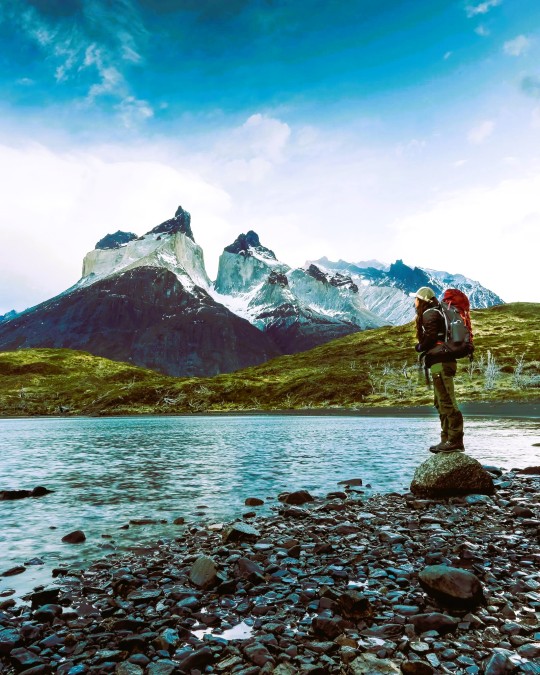
Torres del Paine Parc National, Chili: Known as a hikers’ paradise with famous multi-day routes including the W Circuit and the O Circuit, the Torres del Paine region of Southern Chile is also one of the best places on earth to see wild pumas right now. Torres del Paine National Park is a national park encompassing mountains, glaciers, lakes, and rivers in southern Chilean Patagonia. Wikipedia
50 notes
·
View notes
Text

Indigenous people from the Magallanes region of southern Chile
Chilean vintage postcard
#old#postcard#postkaart#indigenous#southern#vintage#briefkaart#postal#region#ansichtskarte#chile#ephemera#people#photography#chilean#magallanes#photo#postkarte#tarjeta#historic#sepia#carte postale
28 notes
·
View notes
Text
por que conchetumare son tan alergicos a ponerle los nombres a las calles culias wn preferiría cortarme un coco antes que confiar en las indicaciones del GPS culiao capitalinos de mierda como te odio santiago de chile
4 notes
·
View notes
Text
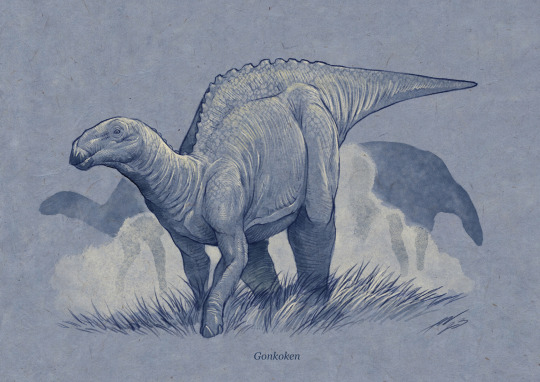
Day 2 - Gonkoken, hadrosauroid from the Late Cretaceous in the Magallanes region, Chile, described in 2023
127 notes
·
View notes
Text
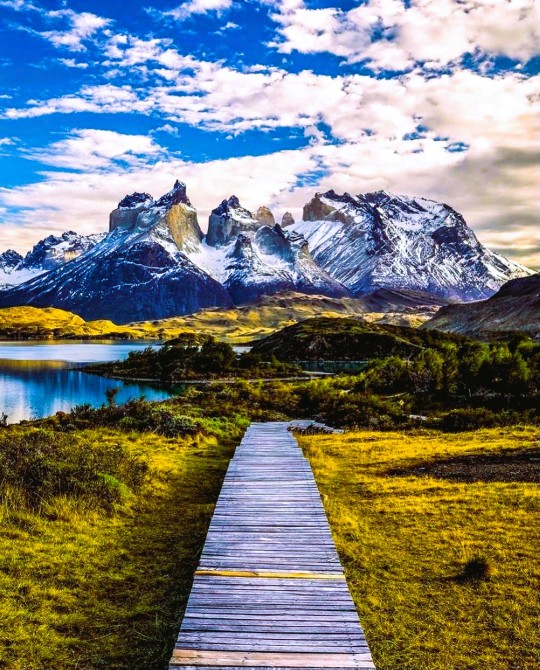
Torres Del Paine, Chile: Torres del Paine is a Chilean commune located in the inland of Última Esperanza Province and Magallanes Region. The commune is administered by the municipality in Cerro Castillo, the major settlement in the commune. Torres del Paine National Park lies within the commune. Wikipedia
39 notes
·
View notes
Note

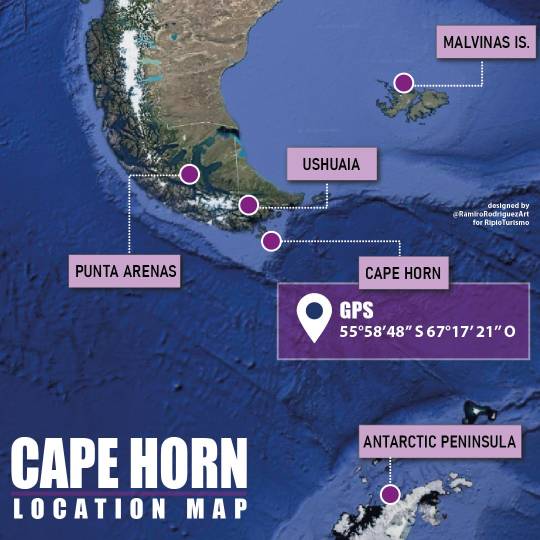
Cape Horn, Magallanes Region, Chile
14 notes
·
View notes
Text




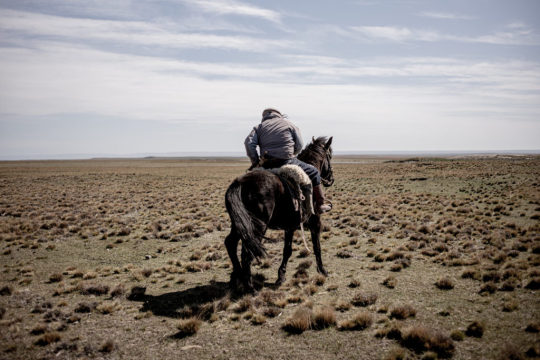
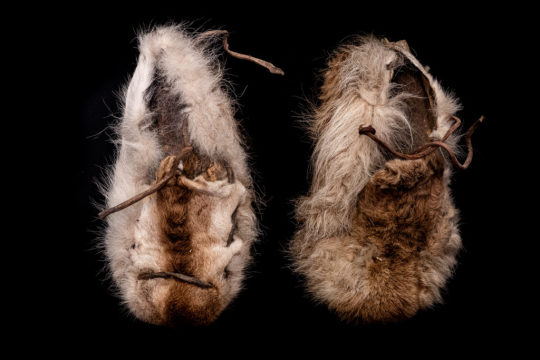



The Selk'nam's quest for recognition in Chile by Marcio Pimenta and Nina Radovic Fanta
"About 500 years ago, the Portuguese explorer Hernando de Magellan discovered a maritime passage in the extreme south of the planet, a region unknown to Europeans at the time, a place they would come to call "Tierra Australis Incognita." The discovery, in effect, was the first globalization of modern society. The sea passage itself was named the Strait of Magellan. In the 19th century, other Europeans and their descendants would arrive, this time to stay. Men who had already domesticated plants and animals and who upon arriving in what is now called Tierra del Fuego found hunter-gatherers who had lived there for more than 10,000 years. That indigenous group would become to known as Selk'nam. The encounter between hunter-gatherers and the colonizer farmers led to a defacto death penalty for the Selk'nam. A tragedy that is still the order of the day. Considered extinct in the history books and laws written by the victors, yet the survivors claim to be alive. And now they fight for recognition.
In Chile, a century has passed, and a dictatorship, without the Selk'nam genocide being addressed. This began to change only recently, in the 2010s, thanks to the Internet, when web users searching for their origins could now find each other. Now, together, the Selk'nam face the process of decolonizing and denaturalizing the historical perspective, of recovering and rethinking what happened to them. They have created community centers where family experiences, stories and memories are shared and the truth is confronted. The Selk'nam are organized in entities such as Corporación Selk'nam and Comunidad Covadonga-Ona, both in Chile, and Comunidad Rafaela Ishton, in Argentina, to fight for their rights, starting with the recognition that they still exist, that they are not yet extinct. It is a living people. Comunidad Rafaela Ishton has existed since the 1980s and was one of the first to obtain legal jurisdiction in Argentina. In 1994, the Selk'nam were recognized as an indigenous people by the Argentine state. More than 600 families, in total about 1000 people, identify themselves as Selk'nam in that country. Hema’ny Molina, president of the Corporation Selk’nam Chile, and Miguel Pantoja, member of the Community of Rafaela Ishton, do not accept to be seen as “descendants” of the Selk’nam. “I am not a descendant, I am Selk’nam,” says Pantoja. “I have to explain myself and think about myself– it’s something violent,” he continues. Molina, in agreement, adds: “I always knew that I was Selk’nam but that does not mean to live as such or understand how to do it. There are various, complex layers. For many years there was a feeling of loneliness as we were unaware of the existence of other families. It was a feeling of emptiness and complete solitude. Who am I going to talk to? Who am I going to tell? Will people believe me?”
In Chile, Corporación Selk'nam won legal jurisdiction in 2015. The organization has more than 50 members and their families, in total, number about 200 people. According to the 2017 Chilean census, 1,144 people identified themselves as Selk'nam. Still, the Chilean state does not recognize the existence of the Selk'nam as a people. The Corporation Selk'nam fights for the inclusion of the Selk'nam in the list of "main ethnic groups" recognized by the Indigenous Law No. 19,253, of 1993.
They have the help of researchers from two Chilean universities: Universidad Católica Silva Henríquez and the Universidad de Magallanes. Alejandro Núñez Guerrero, director of the Centro Universatario of the Universidad de Magallanes in Porvenir, Chile, has been forging agreements to carry out more field research. Among their findings so far, it was recently discovered that the first settlers' ranch on Tierra del Fuego was built on the Chilean side and not on the Argentine side, as previously believed, and that the Selk'nam are actually more numerous on the island. All of this are fundamental facts in the recognition process.
For their part, Héctor Vásquez Chogue, former vice-president of the Covadonga Ona community, and his brother, José Luis Vásquez Chogue, secretary of the Selk'nam Corporation, have been on a personal quest for more than thirty years. The recent journey of self-discovery as Selk'nam has also turned into a tour of endless meetings with Chilean politicians to incorporate the Selk'nam into the Indigenous Law. The main objective is to make them known as living Selk'nam, as a modern and integrated people, unlike what is currently taught. "It is difficult to say who I am, because the State does not recognize us," says José.
The Selk'nam hope to receive official recognition in early 2022, the deadline which the Chilean state has given the community to prove they are alive."
28 notes
·
View notes
Text
Aphrastura subantarctica Rozzi et al., 2022 (new species)

(Individuals of Aphrastura subantarctica, from Rozzi et al., 2022)
Meaning of name: subantarctica = from the sub-Antarctic region
Suggested common name: Subantarctic rayadito
Age: Holocene (Meghalayan), extant
Where found: Diego Ramírez Archipelago, Magallanes, Chile
How much is known: Three collected specimens (an adult male, an immature male, and an immature female) are held at the Chilean National Museum of Natural History.
Notes: Ovenbirds are a diverse group of small birds from the American tropics, with over 300 recognized species. Among them, the rayaditos (genus Aphrastura) are a distinctive group with “thorn-like” tail feathers. The rayaditos that live on the Diego Ramírez Archipelago (the southernmost point of South America) have previously been assumed to represent a population of thorn-tailed rayadito (A. spinicauda), but a new study suggests that they should be considered a distinct species, A. subantarctica.
The authors of this study discovered that A. subantarctica differs from A. spinicauda in being heavier on average, with shorter tail feathers, longer feet, and a larger beak. Their genetic analyses also found no evidence that the two regularly interbreed. A. spinicauda usually nests in tree hollows, but the windy environment of the Diego Ramírez Archipelago lacks trees. Instead, A. subantarctica appears to nest primarily in holes in the ground, especially the abandoned burrows of seabirds.
A. subantarctica is found only on the Diego Ramírez Archipelago, underscoring the importance of conserving this unique habitat. Fortunately, these islands are currently devoid of invasive predators and are under the protection of the Diego Ramírez Islands-Drake Passage Marine Park.

(Illustration of Aphrastura subantarctica by Mauricio Alvarez Abel, from Rozzi et al., 2022)
Reference: Rozzi, R., C.S. Quilodrán, E. Botero-Delgadillo, C. Napolitano, J.C. Torres-Mura, O. Barroso, R.D. Crego, C. Bravo, S. Ippi, V. Quirici, R. Mackenzie, C.G. Suazo, J. Rivero-de-Aguilar, B. Goffinet, B. Kempenaers, E. Poulin, and R.A. Vásquez. 2022. The Subantarctic Rayadito (Aphrastura subantarctica), a new bird species on the southernmost islands of the Americas. Scientific Reports 12: 13957. doi: 10.1038/s41598-022-17985-4
#Birblr#Dinosaurs#Birds#Aphrastura subantarctica#Subantarctic rayadito#Holocene#South America#Telluraves#2022#Extant
120 notes
·
View notes
Text
Hola amigos, familia y a quien le haya llegado este Blog!
Queremos tener este espacio para contar que estamos haciendo como familia acá en la region de Magallanes.
Esperamos que puedan acompañarnos en esto!
2 notes
·
View notes
Text
SAINTS OF THE DAY (May 21)

“Long live Christ the King and the Virgin of Guadalupe!”
This was the slogan of the "Cristero Uprising" in the 1920’s against the anti-Catholic government of Mexico, which had instituted and enforced laws against the Church.
It was an absurd attempt to eradicate the Catholic faith in Mexico, even going so far as to ban all foreign clergy and the celebration of Mass in some regions.
Christopher Magallanes, along with 21 other priests and three lay companions, were martyred between 1915 and 1937, by shooting or hanging, throughout eight Mexican states, for their membership in the Cristero movement.
Magallanes erected a seminary in Totatiche, where he and his companions secretly preached and ministered to the faithful.
The last words heard spoken by Magallanes were from his cell, when he shouted:
"I am innocent and I die innocent. I forgive with all my heart those responsible for my death, and I ask God that the shedding of my blood serve the peace of our divided Mexico."
The Cristero martyrs were beatified on 22 November 1992 and were canonized on 21 May 2000 by Pope John Paul II.
NOTE:
The Cristero War, also known as the Cristero Rebellion or La Cristiada, was a widespread struggle in central and western Mexico from 1 August 1926 to 21 June 1929 in response to the implementation of secularist and anticlerical articles of the 1917 Constitution.
The rebellion was instigated as a response to an executive decree by Mexican President Plutarco Elías Calles to strictly enforce Article 130 of the Constitution, a decision known as Calles Law.
Calles sought to eliminate the power of the Catholic Church in Mexico, its affiliated organizations, and to suppress popular religiosity.
#Saints of the Day#St. Christopher Magallanes#St. Christopher Magallanes and Companions#Cristero War
5 notes
·
View notes
Text
Hello I'm Antonio Balagbis from Sulat Eatern Samar, 22 years of age a former criminology student and a ROTC officer graduate. Wayback 2019 I'm the one who acknowledge as the best Platoon leader during sport fest in the campus. Anyway, this is my first time starting a Tumblr blog. I am excited to be joining this vibrant community and sharing my thoughts, experiences, and interests.



Rebuilding lives
I'm also a volunteer Army Reservist during the typhoon Odette in Southern leyte together with 8RCDG PA and 802nd Infantry brigade PA.
Troops from the Philippine Army's 802nd Infantry Brigade continued efforts for the rehabilitation and relief assistance to the families affected by the recent Typhoon "Odette" in Southern Leyte.
On January 8, 2022, soldiers from the 14th Infantry Battalion assisted in the distribution of relief goods to the residents of Brgy. Inolinan, San Ricardo, Southern Leyte. Meanwhile, troops from the 8th Regional Community Defense Group (8RCDG) of Army Reserve Command, and the Disaster Response Units of 8th Post Engineer Detachment facilitated the distribution of the 700 galvanized iron sheets and nails donated by Aqualine Construction Company, further assisted the residents in the construction of their damaged houses in Brgy. Magallanes, Limasawa.
Lt. Gen. Romeo S. Brawner Jr. lauds the troops for their ceaseless efforts in helping the suffering communities from the aftermath of Typhoon "Odette". Being one with them gives hope to get them back on the track of their lives.
“I commend our soldiers who are staying in the frontlines to help our people get back on their daily lives. Rest assured that as you support our communities, your Philippine Army is also ready to support you in your endeavors,” said Lt. Gen. Brawner. | Philippine Army
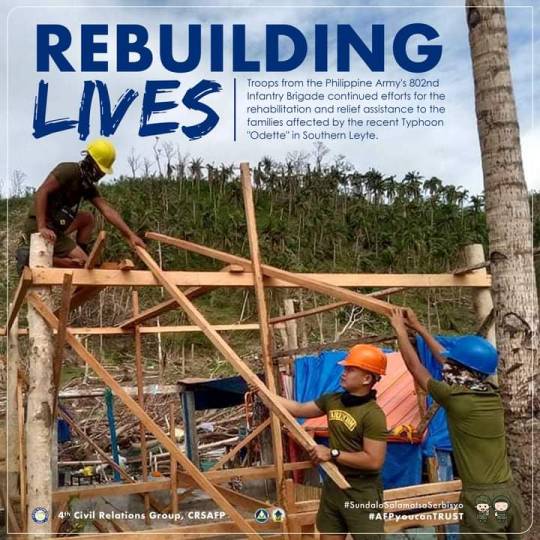
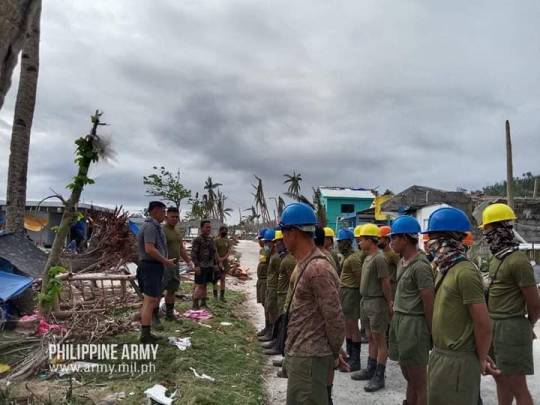
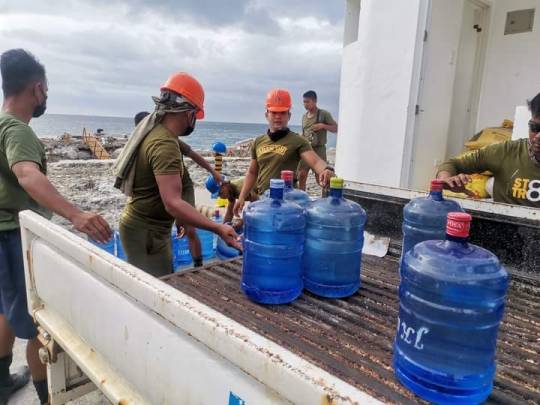

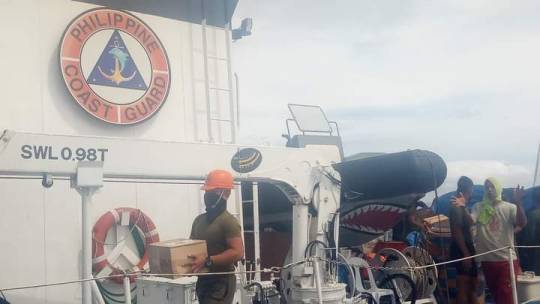

#SundaloSalamatsaSerbisyo
#Rebuilding Lives | Army continues rehabilitation and relief efforts
2 notes
·
View notes
Text
Proyecto de Ley
“Reforma Tributaria, hacia un pacto fiscal para el desarrollo y justicia social “
Esta nueva propuesta de Reforma Tributaria, en su génesis, lo que busca es aumentar la carga tributaria, por lo tanto, ese es el objetivo, y a nuestro juicio creemos que es necesaria.
Esta reforma es una reforma dura, ya que cambia el régimen de tributación integral por uno llamado “Dual” para las empresas (Separa el impuesto que pagan las empresas de la tributación de los socios, con el fin de aumentar la recaudación proveniente de las rentas del capital, como dividendos), es una reforma amplia con muchos efectos.

Sólo para nombrar algunas materias que sufrirían cambios;
ARTÍCULO MATERIA
Código Tributario.
Ley sobre Impuesto a la Renta.
Ley sobre Impuestos a las Ventas y Servicios.
Ley sobre Impuesto a las Herencias, Asignaciones y Donaciones.
Ley 20.712, administración de fondos de terceros y carteras individuales y deroga otros cuerpos (LUF).
Ley 20.241, incentivo tributario a la inversión en investigación y desarrollo.
DFL 2 de 1959, “se eliminan los beneficios de generación de renta por concepto de arriendo” que serán obligados a tributar.
Ley 19.149 Régimen aduanero y tributario para las regiones de Porvenir y Primavera de la Provincia de Tierra del Fuego.
Ley 18.392, Régimen preferencial aduanero y tributario para territorio de la XII Región de Magallanes y de la Antártica Chilena.
Ley 19.709, régimen de zona franca industrial para la comuna de Tocopilla.
DFL 341 de 1977, Zonas francas.
DFL 213 de 1953 Ordenanza de Aduana.
“Ley de impuesto al Patrimonio”, es una ley nueva, donde contribuyentes con patrimonio sobre U$5 millones pagaría impuestos.
Ley de Registro Nacional de Personas Beneficiarias Finales.
Luego de estas, un aserie de NORMAS TRANSITORIAS, muy importantes, también son complementarias a los artículos anteriores.
Se estima que esta propuesta de reforma tributaria, estará en trámite legislativo por lo menos unos 6 meses por lo que al menos a fines del año 2022, inicio de 2023 se podrían ver las primeras luces o resultados.
Esta propuesta, considerada la más grande y agresiva, pretende recaudar alrededor de U$12.000 millones al año, equivalente al 4,1% del PIB.
Se estima que;
El 75% de las personas quedarían exentas de tributación
El 97% mantendría la carga tributaria actual
Y el 3% restante aumentaría la carga por rentas sobre los 4 millones de pesos.
Respecto del Impuesto al Patrimonio, las personas que posean un patrimonio a los US$4,9 y 14,7 millones pagaran el 1% y el tramo entre U$14,7 a más deberían pagar 1,8%.
Sólo como para dar contexto, esta propuesta y por primera vez en los últimos 40 años, los impuestos son considerados y sindicados como una herramienta necesaria para redistribuir ingresos, algo muy conocido y aplicado en la gran cantidad de países de Europa, donde la acción fiscal es el instrumento para que las sociedades reduzcan sus desigualdades. En Chile con los cambios tributarios aplicados anteriormente muestran que las condiciones de las personas se mantuvieron y en algunos casos empeoraron.
Sería importante exigir que cada vez que aparezcan las cifras de desigualdad de ingresos habrá que explorar lo que sucede “antes” y “después” de los impuestos. Si la desigualdad de ingresos no baja, entonces habrá que seguir promoviendo ajustes, ya que el sistema o modelo no estaría cumpliendo con su objetivo
El Presidente Boric, indica que esta reforma tiene por objetivo, avanzar en mayor equidad, mayor igualdad y cohesión social, sin embargo, la señal es confusa, principalmente por que plantea una disminución de la carga impositiva para cierto tipo de empresas, pero sube la carga tributaria para las personas.

Muchas reformas y leyes son presentadas con muy buenas intenciones, sin embargo, en su práctica van dejando mucho que desear.
Se espera que se fortalezca fuertemente la fiscalización y sanción efectiva del fraude de la evasión tributaria. Existen varios estudios respecto a la evasión en Chile, sin embargo, el presentado por Michael Jorrat en 2021, indica que sólo por concepto de IVA, el fisco deja de recaudar alrededor del 21% del PIB, 5 veces más de lo que pretende recaudar la propuesta de Reforma 2022. (Fuente diario la Tercera septiembre de 2021).
Sin perjuicio de lo anteriormente expuesto, y en definitiva esperamos que esta Reforma Tributaria venga a establecer justicia social, donde en su conjunto todos los ciudadanos nos veamos favorecidos, donde los intereses colectivos estén por sobre los personales, donde las familias puedan vivir con seguridad y en bienestar producto de su esfuerzo y trabajo, con derechos que también nos exigen obligaciones. Por mejor educación, mejores viviendas, mejor salud, infraestructura y en generar mejores oportunidades para todos y todas.

Debemos considerar, que, para el caso de ser aprobada esta reforma, recién veremos los primeros resultados en unos 3 a 4 años más, y de ahí se irán generando un sin número de ajustes y modificaciones, por lo que mientras tenemos que centrarnos en tener una mirada más social, y ver nuestra sociedad como un todo, esperamos que esta reforma cumpla con lo ofrecido, y que todos y todas como sociedad también seamos responsables de su efectividad, y en definitiva entendamos que cada individuo es un agente de cambio que puede impactar positiva o negativamente en otros.
youtube
By: Cristian San Martín
2 notes
·
View notes
Note
¿de qué region eres?
Nacido y criado en Magallanes y Antártica Chilena, pagando mis pecados en la Metropolitana (sacando el título)

#llegué acá en enero de 2019 y me costó el mes entero drjar de tenet migrañas por el calor#tessa responde!
2 notes
·
View notes
Text
Once Meses ❤️

❤️ 08/03/2024 ❤️
La Nebulosa de la Tarántula, también conocida como 30 Doradus, tiene más de mil años luz de diámetro y es una región de formación de estrellas gigantes dentro de la cercana galaxia satélite, la Gran Nube de Magallanes. A unos 180.000 años luz de distancia, es la región de formación estelar más grande y violenta conocida en todo el Grupo Local de galaxias. El arácnido cósmico se extiende a lo largo de esta magnífica vista, un conjunto de datos de imágenes de grandes telescopios espaciales y terrestres. Dentro de la Tarántula (NGC 2070), la intensa radiación, los vientos estelares y los choques de supernova del joven cúmulo central de estrellas masivas catalogado como R136 energizan el brillo nebular y dan forma a los filamentos de araña. Alrededor de la Tarántula hay otras regiones de formación de estrellas con cúmulos de estrellas jóvenes, filamentos y nubes en forma de burbujas. De hecho, el cuadro incluye el sitio de la supernova más cercana en los tiempos modernos, SN 1987A, en la parte inferior derecha. El rico campo de visión abarca aproximadamente 2 grados o 4 lunas llenas en la constelación austral de Dorado. Pero si la Nebulosa de la Tarántula estuviera más cerca, digamos a 1.500 años luz de distancia, como la propia estrella de la Vía Láctea que forma la Nebulosa de Orión, ocuparía la mitad del cielo.
0 notes
Text

The Sacred Heart Cathedral Cathedral Chile (Catedral del Sagrado Corazón) also called Punta Arenas Cathedral and Sacred Heart of Jesus Parish, is a religious building of the Catholic Church which has a Renaissance tower that is dedicated to the order of the Salesians. It is located in the city of Punta Arenas in the region of Magallanes and Chilean Antarctica in the South American country of Chile. Wikipedia
15 notes
·
View notes
Text
-The term "Bikol" could have been derived from "biko", the name of a river which drains into San Miguel Bay. Possible origins also include the Bikul or bikal bamboo tree which line rivulets, and the ancient native word biko meaning "twisted" or "bent". The region, administratively known as Region V, is located on the southeastern end of Luzon; it is surrounded by the Visayan Sea in the south, the Pacific ocean in the eat, Lamon Bay in the north and Sibuyan Sea and Quezon province in the west.
[...] The Bikol region was known as Ibalon, variously interpreted to derive from ibalio, "to bring to the other side"; ibalong, "people from the other side" or "people who are hospitable ad give visitors gifts to bring home"; or as a corruption of Gibal-ong, a sitio of Magallanes, Sorsogon where the Spaniards first landed in 1567. The Bikol River was first mentioned in Spanish documents in 1572. The region was called "Los Camarines" after the huts found by the Spaniards in Camalig, Albay.
Maria Lilia F. Realubit, Bikol Literary History (1999).
0 notes